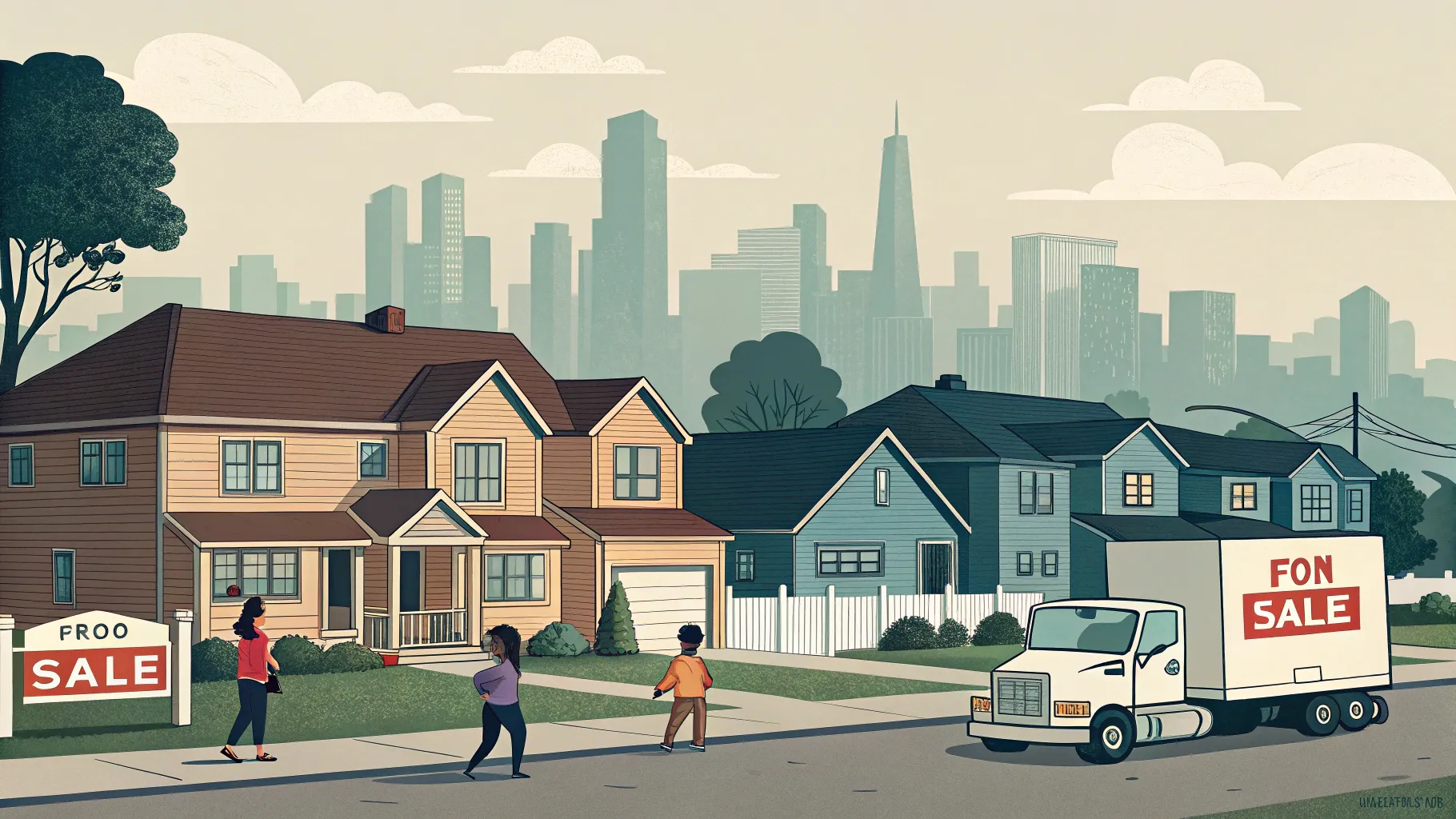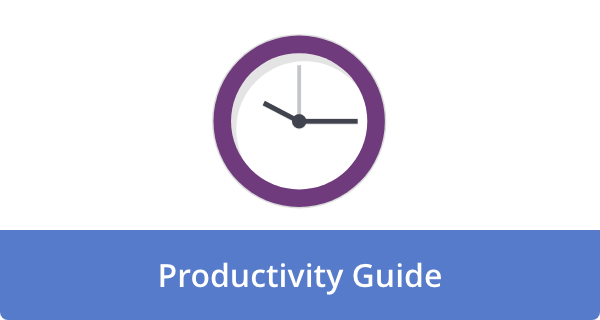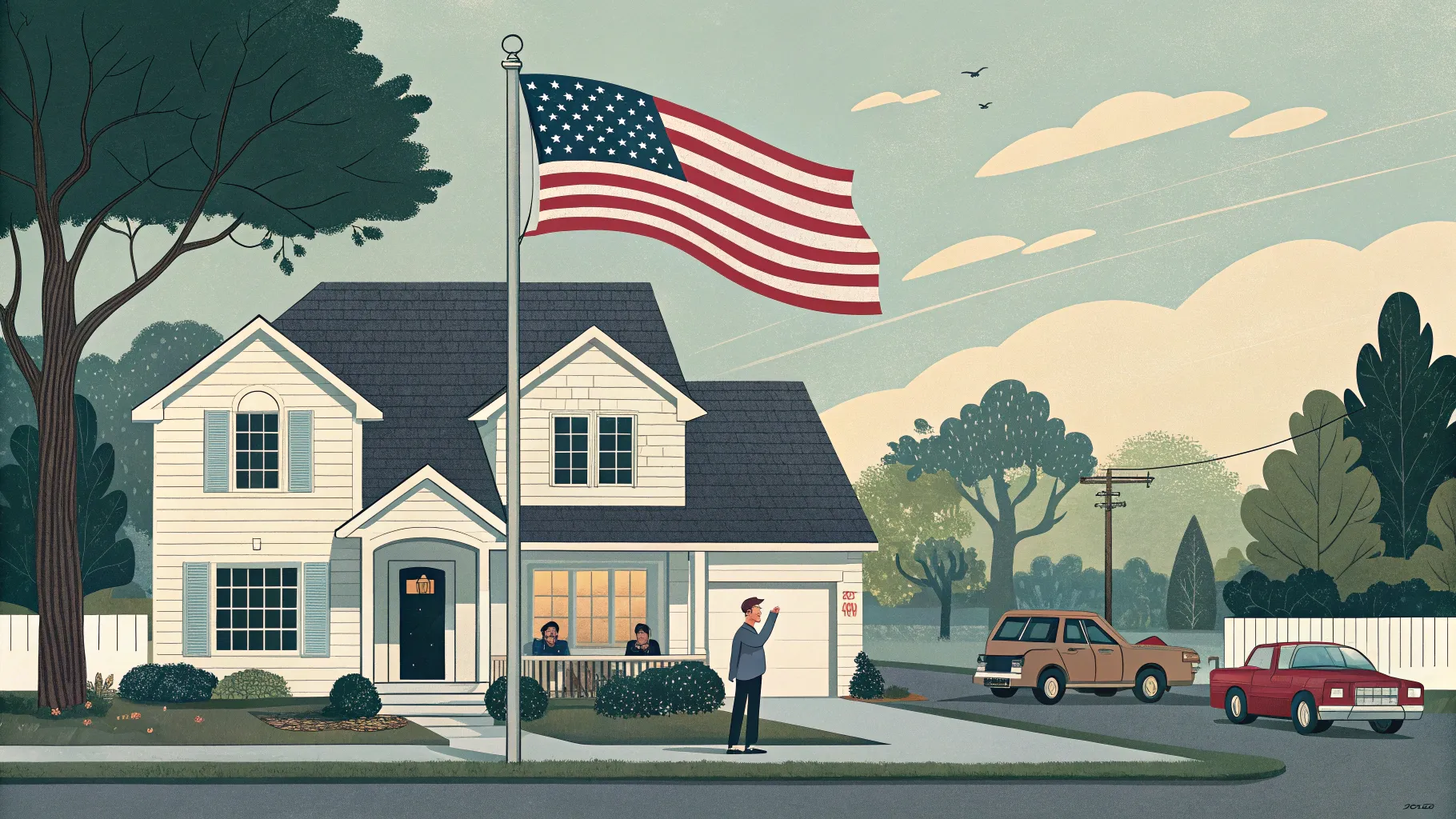
A recent study has revealed a stark reality for aspiring homeowners across the United States: Americans now need an annual income of at least $114,000 to purchase a home at the national median price. This finding highlights the growing gap between wages and housing costs that continues to push homeownership out of reach for many middle-class families.
The research comes when housing markets nationwide face unprecedented pressure from high interest rates, limited inventory, and increasing construction costs. According to recent census data, this required income level is nearly double the actual U.S. median household income, which currently stands around $75,000.
The Widening Affordability Gap
The $114,000 income requirement represents a significant jump from previous years. Housing economists point to several factors driving this increase:
- Mortgage rates have nearly doubled since 2021
- Persistent housing inventory shortages in desirable markets
- Rising property taxes and insurance costs
- Wage growth that has failed to keep pace with housing inflation
For many Americans, this creates an impossible situation. First-time buyers are particularly affected, as they typically have less savings for down payments and may carry student loan debt that further limits their purchasing power.
Regional Variations Show Deeper Problems
While the $114,000 figure represents the national median, the study found dramatic regional differences. Coastal markets and major metropolitan areas require even higher incomes, sometimes exceeding $200,000 annually to afford median-priced homes.
These numbers confirm what many working families already know – the dream of homeownership is moving further out of reach,” said a housing policy expert familiar with the research. We’re seeing a fundamental shift in who can afford homes in America.
In contrast, some Midwestern and Southern markets remain more accessible, though even these regions have seen significant increases in required income levels over the past five years.
Long-term Economic Implications
The growing disconnect between incomes and housing costs raises concerns about long-term economic stability and wealth inequality. Homeownership has traditionally been the primary wealth-building vehicle for middle-class Americans.
When you lock an entire generation out of homeownership, you’re essentially preventing them from building wealth like previous generations did,” noted an economist who studies housing trends. “This has profound implications for retirement security and economic mobility.”
The study also found that households priced out of buying often face equally challenging rental markets, where prices have surged in recent years. This creates a financial trap where families pay high rents, preventing them from saving for down payments.
Policy experts suggest that addressing the crisis will require a multi-faceted approach, including zoning reforms to increase housing supply, expanded down payment assistance programs, and new financing models that account for today’s economic realities.
As the gap between incomes and housing costs widens, the findings raise important questions about the future of homeownership in America and what steps might be needed to preserve this pathway to financial security for future generations.











Angela Ruth
My name is Angela Ruth. I aim to help you learn how Calendar can help you manage your time, boost your productivity, and spend your days working on things that matter, both personally and professionally. Here's to improving all your calendars and becoming the person you are destined to become!